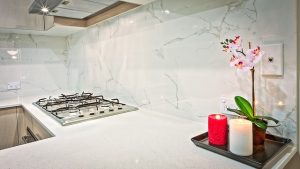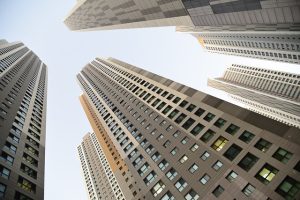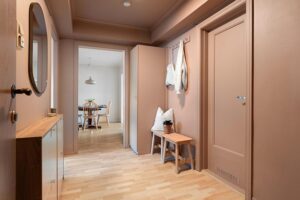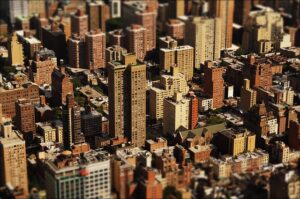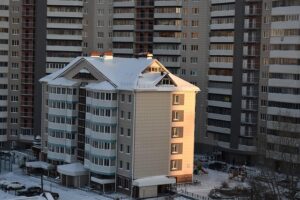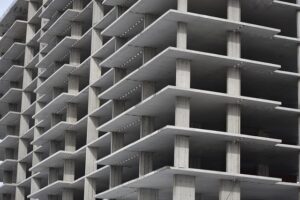Unraveling the EC-HDB Price Gap: Factors Shaping Singapore’s Housing Market
HDB Executive Condos (ECs) in Singapore are priced by location, unit attributes, market demand, and government policies. Prime districts, larger sizes, newer age, and well-maintained properties drive up costs. ECs offer a suburban lifestyle with modern ameniti…….

HDB Executive Condos (ECs) in Singapore are priced by location, unit attributes, market demand, and government policies. Prime districts, larger sizes, newer age, and well-maintained properties drive up costs. ECs offer a suburban lifestyle with modern amenities, appealing to families and young professionals. HDB flats, found in urban areas, provide city conveniences, diverse dining, and lively neighborhoods, catering to young adults and elderly residents.
In Singapore’s dynamic real estate market, understanding the EC (Executive Condo) price vs HDB (Housing & Development Board) flat comparison is crucial for prospective buyers. While HDB Executive Condos offer a unique blend of affordability and private condo amenities, pricing can vary widely based on location, size, age, and neighborhood trends. This article delves into the key factors driving these variations, comparing historical price trends, regional averages, additional costs, and exploring the benefits and drawbacks of each housing type for investors and first-time buyers alike.
Factors Influencing HDB Executive Condo Prices
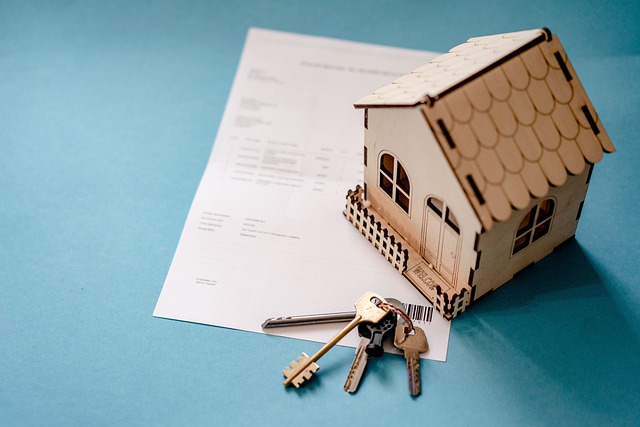
Several factors play a significant role in determining HDB Executive Condo prices. One of the primary influences is the location of the property. Condos situated in prime districts or those close to urban amenities, such as shopping malls, schools, and transport hubs, tend to command higher prices due to their convenience and accessibility. The size and layout of the unit are also crucial; larger units with more rooms or unique designs will typically be more expensive.
Another factor is the age and condition of the building. Newer Executive Condos that offer modern amenities and facilities will often attract premium pricing. Additionally, the overall demand for HDB properties in a particular area can impact prices. High demand may lead to increased values, especially for well-maintained or renovated units. Government policies and incentives related to housing also come into play, potentially affecting both the buying and selling dynamics of these condos.
– Location and neighborhood trends

In Singapore, the real estate market is segmented between EC (Executive Condos) and HDB (Housing & Development Board) flats, each with its unique appeal based on location and neighborhood trends. ECs, often considered a middle ground between private condominiums and HDB flats, are predominantly found in suburban areas known for their quieter lifestyle and proximity to nature. These neighborhoods typically offer a blend of modern amenities and traditional community living, making them attractive to families and young professionals seeking a balance between urban convenience and peaceful surroundings.
In contrast, HDB flats dominate the urban and semi-urban landscape, with high-rise buildings characterized by bustling communities and easy access to city centers. These areas are renowned for their vibrant social scenes, diverse dining options, and efficient public transport networks. As a result, HDBs appeal to a wide range of buyers, from young adults seeking urban convenience to elderly residents enjoying the amenities and social interactions of these lively neighborhoods.
When comparing EC prices to HDB Executive Condo prices, several key factors come into play. While location and neighborhood trends significantly influence both types of properties, HDB Execs often offer more affordable options due to their government-backed pricing models and diverse range of amenities within HDB estates. Understanding these dynamics is crucial for potential buyers looking to navigate the Singapore property market, especially as ECs continue to evolve as viable alternatives to traditional HDB flats.
